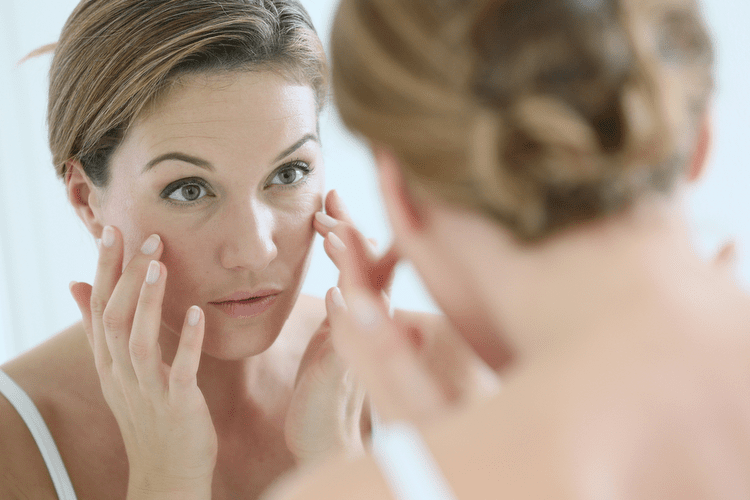Content
264 million people currently suffer symptoms of generalized anxiety disorder. Women are no exception to the link between substance use disorders and anxiety. Because women are twice as likely than men to have an anxiety disorder, the high rates of alcohol abuse in female populations is higher. Women experience mental health disorders such as eating disorders, body dysmorphia, and low self-esteem more frequently than men do.

Drinking also carries a higher risk of breast cancer in some women. Among people with an AUD, the rate of death is 50% to 100% higher for women than men (including suicide, alcohol-related accidents, heart and liver disease, and stroke). Alcohol is by women and alcoholism far the most common substance of abuse in the US. Approximately 20% of men have an alcohol use disorder compared to between 7% and 12% of women. Yet recent studies show women’s drinking habits are falling more in line with their male counterparts.
Ask the doctor: Why does alcohol affect women differently?
The alcohol may also cause more pronounced mood swings and changes during these times. Another issue with heavy drinking is that it may cause cycle irregularities.

In many Asian countries spirits account for most of total alcohol consumption. Drug Use disorders are often classified within the same category as mental health disorders — research and data on mental health can be found at our entry here.
Why are women more sensitive to effects of alcohol?
Absorption of nutrients can be even worse in heavy drinkers, who often consume low levels of folate to begin with. Low folate levels may play a role in the risk of some cancers, such as breast and colorectal https://ecosoberhouse.com/ cancer. Ethanol is the type of alcohol found in alcoholic drinks, whether they are beers, wines, liquors , or other drinks. Of course, larger or ‘stronger’ drinks can contain more ethanol than this.
Are women more likely to be alcoholic?
According to all the data available on the topic of men and alcoholism, men are at a significantly greater risk to develop an alcohol addiction than women – by a lot. In fact, some estimates suggest that men are as much as four times more likely to be afflicted with alcoholism than women.
Women are more likely than men to suffer from mood, anxiety, and eating disorders that may benefit from being treated at the same time as the substance abuse disorder. However, few substance abuse treatment programs provide adequate treatment of psychiatric disorders. On top of all this, women also started to have their own money. Financial dependence allowed them to make purchases for themselves. Many women started to drink like the men in their lives. In fact, research shows that women drink in a similar way to their spouses, siblings, or close friends.
Who can I call for help with alcohol use disorder?
Talk to your healthcare provider about proven strategies. Dr. Samuel Lee is a board-certified psychiatrist, specializing in a spiritually-based mental health discipline and integrative approaches. In addition, he served as the general adult outpatient psychiatrist at Kaiser Permanente. He is board-certified inpsychiatryand neurology and has a B.A. Magna Cum Laude in Religion fromPacific Union College. His specialty is in natural healing techniques that promote the body’s innate ability to heal itself. Unlike men, women tend to view alcoholism as a temporary crutch, or a response to stressors in their lives that may go away with time and a reduction of stress.
- But for women who enjoy alcoholic beverages, it’s important to know where to draw the line, and to be prepared to redraw it as you get older.
- Many researchers now explain gender differences between the 2 as a result of the impact of society (such as childcare responsibilities, addiction stigma, relationship dynamics, etc.).
- Diagnosis is based on a conversation with your healthcare provider.
- They’re not going to delay their decision for a larger prize at a later date.
- The chart shows alcohol consumption since 1890 in a number of countries.
- Another study found that female high school students who used alcohol in the past year were more likely than nondrinking students to be the victims of dating violence (e.g., shoving, kicking, or punching) .
Now, we’re going to dive into a little bit more detail. If a woman shows two or more of these signs and symptoms within the past year, she may have a problem with alcohol. States that heavy drinking and binge drinking are becoming a massive threat to American women’s health, safety, and well-being.
Women and men are equally capable of recovery
However, women between ages 25 to 34, see the highest modern rates of alcohol abuse. Reasons for increased drinking in these ages include career pressures, workforce demands, and transitioning from college to the “real world”. Although historically women have drink less than men, this gap between genders has been closing as rates of alcohol use and misuse has been rising among women. This increase is particularly concerning because women who drink are more likely to experience alcohol-related problems in comparison to men.
UK researchers study alcohol’s impact on immune system, lungs – UKNow
UK researchers study alcohol’s impact on immune system, lungs.
Posted: Mon, 31 Oct 2022 08:00:01 GMT [source]

